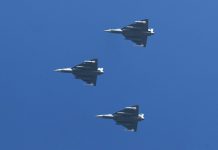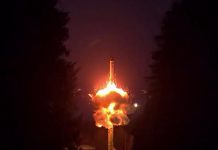The US aims to overwhelm Russian and Chinese anti-satellite weapons with the Space Development Agency’s (SDA) 500 communications, data transfer, and missile tracking satellites. The first batch of 10 satellites was launched on April 2.
SDA director Derek M. Tournear said the aim is to make any attack on the constellation prohibitively expensive and technically challenging for the direct ascent Anti-Satellite (ASAT) missiles.
While this adds another dimension to the conventional military and nuclear deterrence between the superpowers, as any satellite attack will directly provoke a war on Earth, it surprisingly does not consider that Russia and China have long ventured into developing directed energy weapons (DEW).
The SDA’s Proliferated Warfighter Space Architecture (PWSA) has an initial batch (or Tranche 0) of 28 satellites, of which ten were launched from a SpaceX Falcon 9 reusable rocket. Tranche 1 consists of 126 satellites for data transfer and 35 for missile tracking, with monthly launches scheduled to begin in September 2024.
Satellite Swarm In Space!
Tranche 2, meanwhile, would consist of a 250 satellite fleet called the ‘Transport Layer’ and a 50 satellite constellation called the ‘Tracking Layer.’ Of these, 100 will be Alpha satellites for data transfer, 72 Beta satellites with ultra-high-frequency tactical communications payload, and 44 Gamma satellites carrying “advanced waveform” payloads.
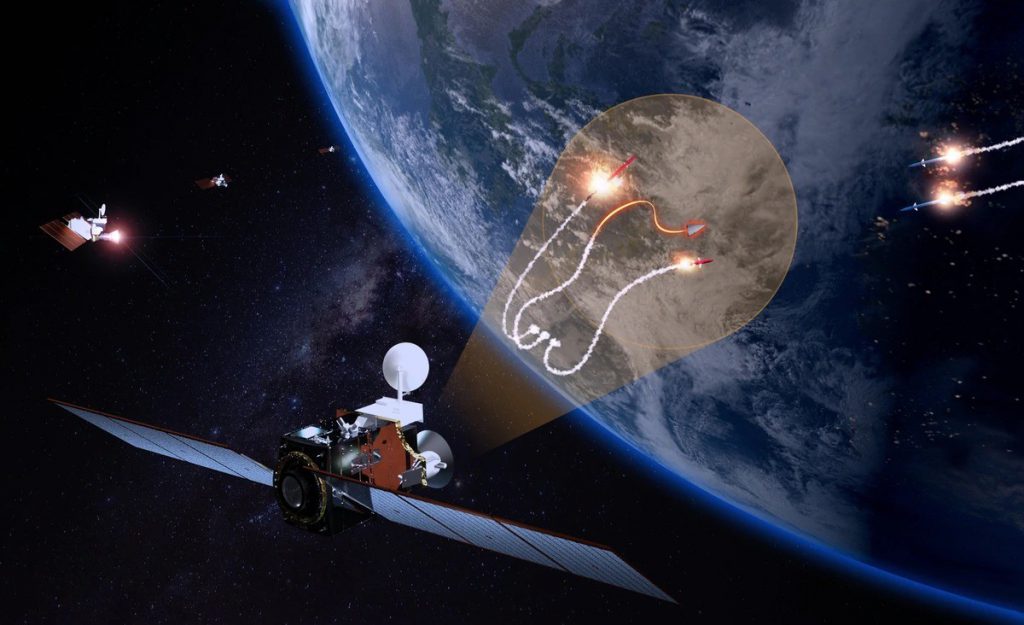
“We’ll have hundreds and hundreds of these satellites up there. It will cost more to shoot down a single satellite than it will cost to build that single satellite. We just completely changed that value equation,” Tournear was quoted in a report on Air and Space Forces. He was speaking on the sidelines of the Mitchell Institute’s Spacepower Security Forum.
The thinking among US defense planners is that replacing a massively expensive space architecture with smaller, cheaply assembled ones aims to convince adversaries that the math “is no longer in their favor, rendering essentially useless China’s and Russia’s direct-ascent weapons.”
In theory, such strikes effectively threaten the attacker’s own satellites because of the debris they would generate by shooting down the American satellites. The global diplomatic fallout from the generation of space debris also pressures the attacker and possibly isolates them, affecting many of their political and strategic aims.
Russia & China Won’t Use Anti-Satellite Missiles
However, reports have consistently noted Russia and China making concerted efforts toward developing directed energy weapons (DEWs), challenging the notion that they will likely use missile-based ASATs.
American perceptions of Russia possibly using a direct ascent ASAT seem to have been hardened following Moscow’s November 15, 2021, test of such a rocket.
It used a PL-19 Nudol anti-ballistic missile interceptor that knocked its own Cosmos 1408 electronic intelligence satellite at 480 kilometers (300 miles) from the Earth that had been in orbit since 1982.
It reportedly generated 1,500 pieces of debris and destroyed the satellite by just “sitting in the way while the satellite crashed into at 27,000 kilometers (17,000 miles) an hour),” according to astrophysicist Jonathan McDowell of the Harvard-Smithsonian Center for Astrophysics.
China also conducted an ASAT on January 11, 2007, using a modified DF-21 Medium Range Ballistic Missile (MRBM) and hit its own FY-1C polar weather satellite at an altitude of 865 kilometers.
The highly controversial test shook the military fraternity then and was later assessed as a result of the US withdrawal from the 1972 Anti-Ballistic Missile Treaty (ABMT) in 2002. The abrogation of the treaty by then-President George W. Bush’s administration triggered an arms race as it accelerated Russian, Chinese, and eventually Indian hypersonic programs.
This was followed by February 20, 2008, American ASAT test, where a Standard Missile-3 (SM-3) from a US Navy Aegis destroyer took out a USA-193 reconnaissance satellite. The US justified the test by saying that the decaying satellite carried the highly toxic hydrazine fuel on board that threatened life on Earth.
The Indian ASAT of May 27, 2019 that used a modified Ballistic Missile Defense interceptor resulted from this retaliatory series of ASAT tests.
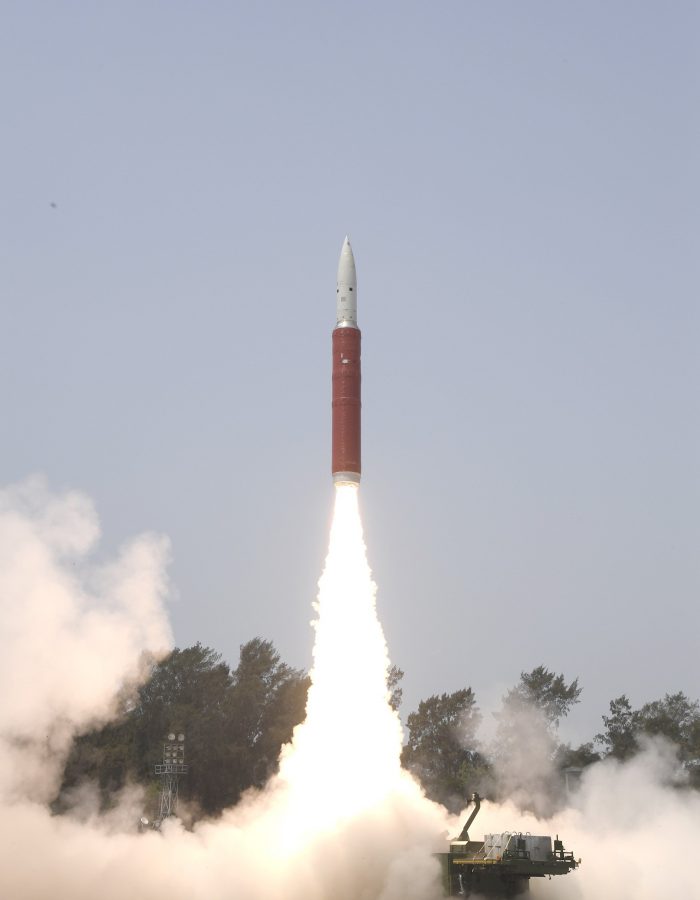
However, experts, like Lt Gen Prakash Menon (retired), have noted how the Indian ASAT does not “actually threaten anybody else since hitting just one satellite does not take down a country’s entire space surveillance system.”
Menon is a former Military Adviser and Secretary to the National Security Council Secretariat (NSCS) and is presently a director of the Strategic Studies program at the Takshashila Institute in Bengaluru.
“There is a whole constellation of satellites for that role, and the kind of kinetic energy capability needed to achieve this would be colossal. India should therefore develop soft-kill and DEWs like lasers where you disable a satellite and not break it up by hitting it,” he said. He called the Indian ASAT a mere “technology demonstrator.”
The utility of DEWs in such scenarios did not seem to have escaped Russia since it has developed weapons like the Kalina, Peresvet, and the Zadira.
While the Peresvet and Zadira are primarily anti-drone lasers, the Kalina is an “electro-optical warfare” weapon that can permanently blind hostile satellites by beaming laser pulses to damage (or ‘dazzle’) a satellite’s optical sensors. Also, since 2001, an airborne system, Sokol-Eshelon, has been developed, but its current status is unclear.

Moreover, SpaceX chief Elon Musk noted on May 11 last year how Russia has been “ramping up” efforts to jam Starlink’s satellite internet service in Ukraine. Ukraine widely used Starlink for providing satellite navigation to many drone attacks on Russia.
Musk, at one point, also hinted at discontinuing the service owing to pending dues. Russia has long led in electronic warfare (EW) and electromagnetic space, evident from the devastating impact on Ukrainian drones and battlefield communications.
China, too, leads in ground-based DEWs like lasers and made consistent strides in overcoming technical hurdles like power generation, intensity, and target identification, while also fielding diverse space-based DEWs in the form of co-orbital weapons.
The South China Morning Post (SCMP) reported in March 2022 about Sichuan-based scientists developing a ‘relativistic klystron amplifier’ microwave device with five megawatts of power output – twice as high as other publicly known systems. An ongoing project by researchers in Shanghai claims to be able to fire a 100-petawatt laser shot by 2023.
Hypersonic Missile Tracking
The statement by Tournear, therefore, appears to be redundant, considering that the techno-military direction Russia and China are taking would not use kinetic ASAT weapons in the future in the first place.
However, the PWSA’s utility lies in hypersonic missile tracking, which has become vital given that type of missile’s impunity to detection and interception. Russia and China admittedly lead in technology.
After the launch, Tournear said that the PWSA constellation’s defining capability is “tracking…these hypersonic glide vehicles, hypersonic missiles…that you’ve heard about.” The military’s current Space Based Infrared System (SBIRS) constellation can detect the bright thermal flash from the plume of a large ballistic missile, not the comparatively dim infrared signature of a hypersonic missile.
Using existing tactical radio networks, these satellites with infrared sensors can detect and track missiles in flight and spacecraft to relay the tracking data directly to ground, air, or naval forces. This capability of the Tranche 0 satellites will be tested in 2024.
After detecting a threatening missile, the tracking satellites will transmit data on the projectile’s location and track it to the Transport Layer satellites using laser communications links. Then the data relay satellites will beam the information to the ground using an existing tactical radio network, according to a report on Spaceflight Now.
“So the tracking satellites would be able to send data down via the transport layer and get that fused together into a fire control solution with other data inputs,” Tournear said.
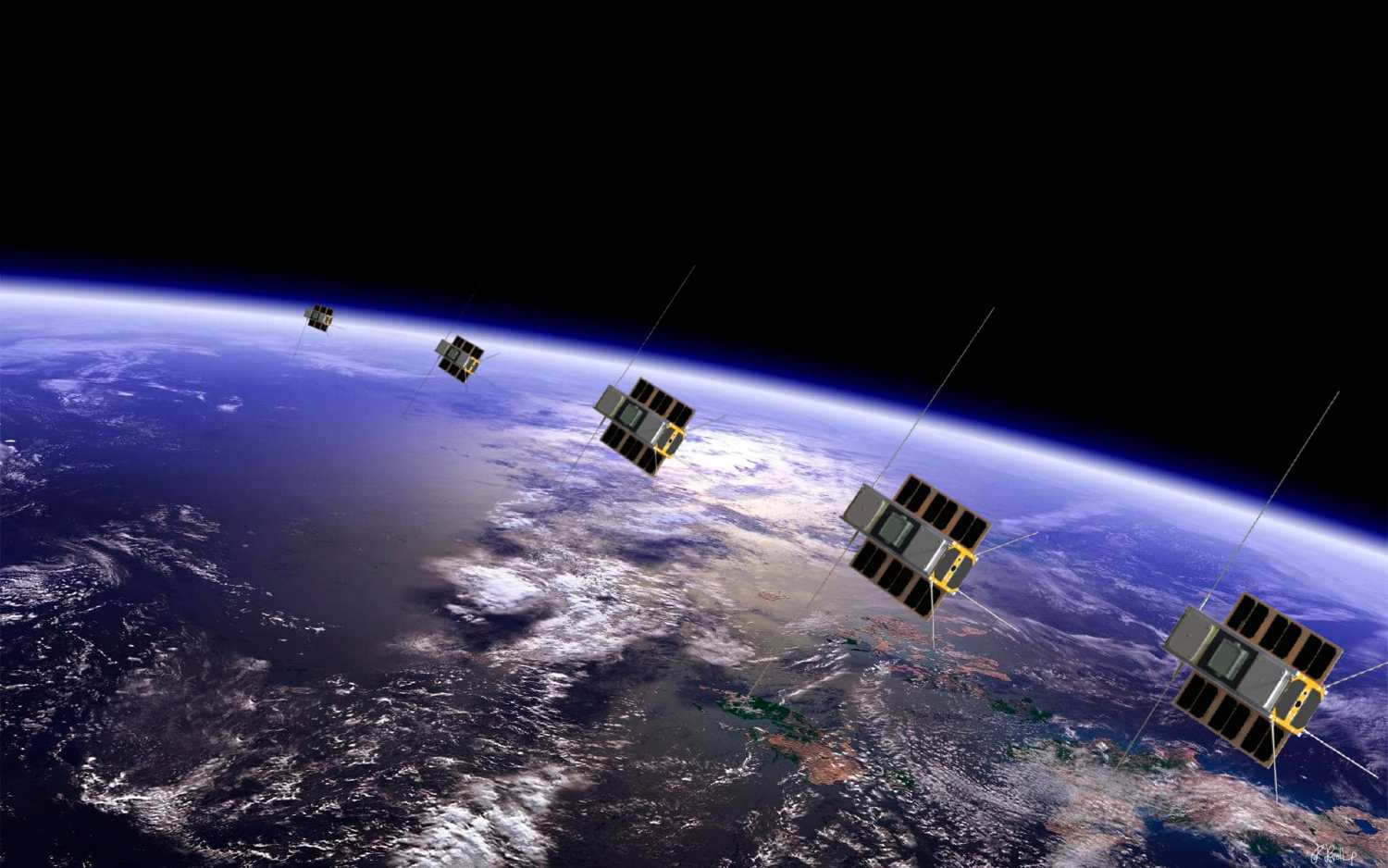
China’s Hypersonic Missile Communication Based On The Same Science
Interestingly, a Chinese breakthrough in maintaining stable and continuous communications with hypersonic missiles is based on the same principle – having a sizeable interlinked network of satellites and ground stations.
According to the South China Morning Post (SCMP), Beijing-based researchers found that a high-frequency communications network comprising ground stations, orbiting satellites, and seagoing vessels may be used to overcome the communication blackout with a hypersonic missile. The Americans merely seem to have used the approach for hypersonic missile detection.
Thus, the US’ hypersonic missile projects may be failing, as was the case with the latest test of the AGM-183A Air-Launched Rapid Response Weapon (ARRW) of the US Air Force (USAF).
However, it seems to be making strides in hypersonic missile detection. It might stand a chance to overcome its overall weakness before China and Russia’s anti-access/area denial (A2/AD) capability.
- The author can be reached at satamp@gmail.com
- Follow EurAsian Times on Google News

